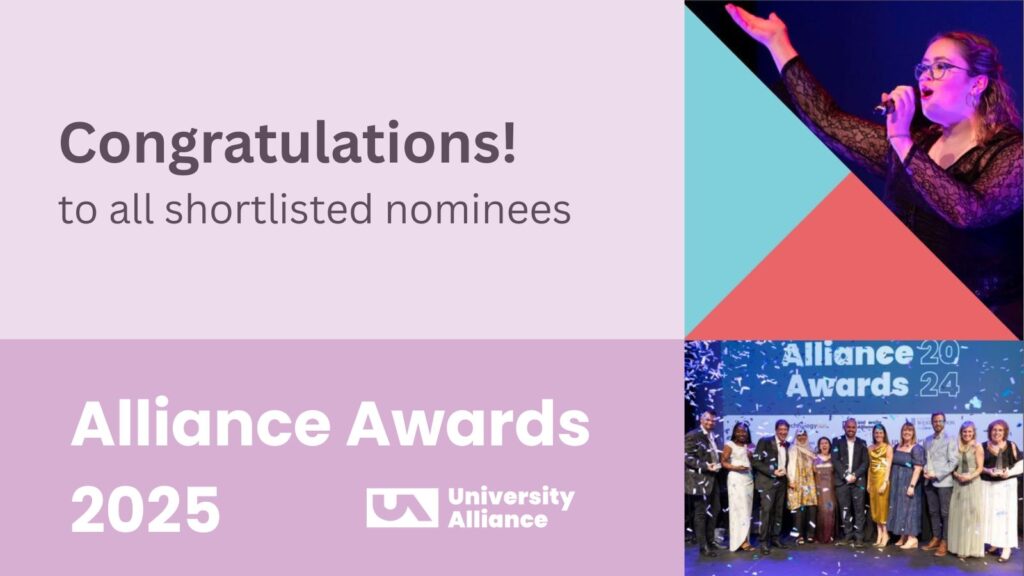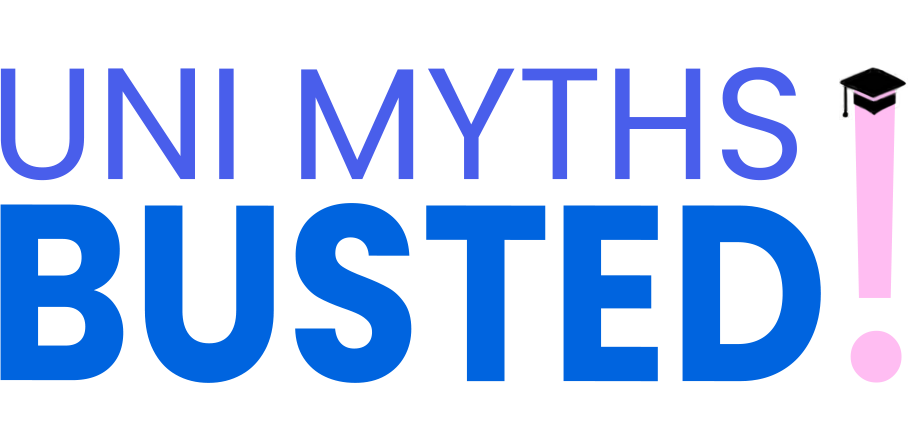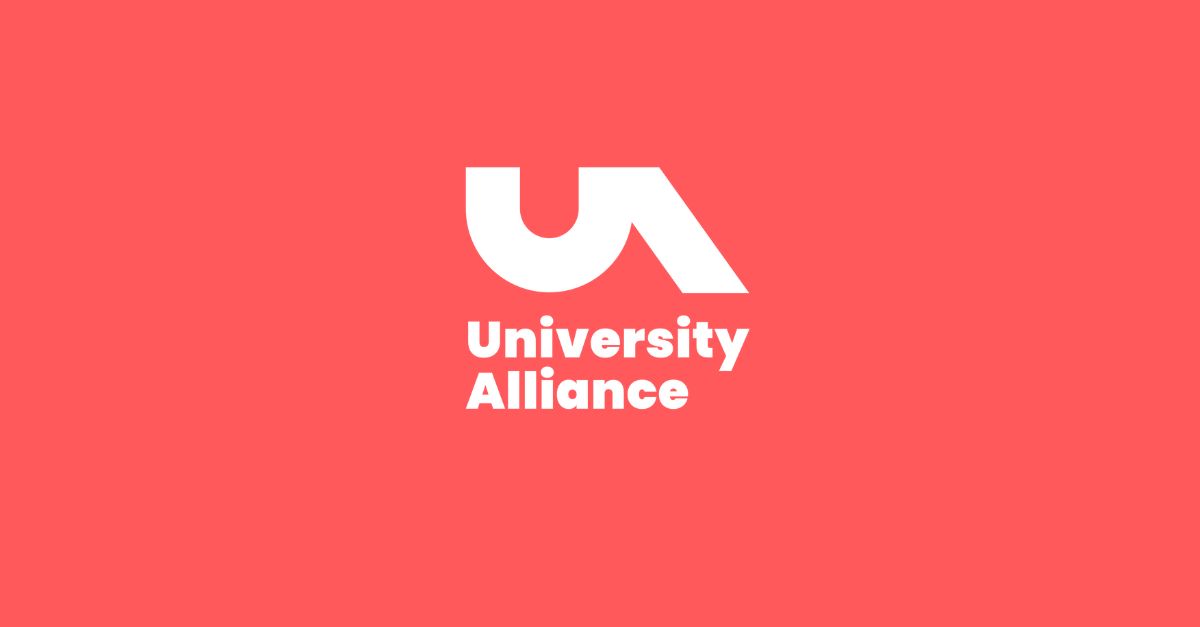 Professor David Maguire is Vice Chancellor of the University of Greenwich and gave evidence this week representing University Alliance
Professor David Maguire is Vice Chancellor of the University of Greenwich and gave evidence this week representing University Alliance
This week I gave evidence to the House of Commons Business, Innovation and Skills Committee’s inquiry on assessing quality in higher education, representing University Alliance. The inquiry is timely, given the amount, and radical nature, of the changes proposed in the government’s green paper and last week’s Spending Review and their potential to lead to even greater change in the sector further down the track.
My starting point is that seeking to raise the profile of teaching in universities – moving towards parity with research – is a wholly worthwhile aim. Not because there is a fundamental problem with teaching in UK universities: all the evidence suggests that teaching is by and large very high quality. Nevertheless, there are courses that could be improved and certain groups of students who are not getting the benefits from their education that they deserve – and we don’t know why.
In the past, institutions have been more prepared to shout loudly about their research, rather than their teaching. In terms of career development rewards for staff have been too stacked towards the former.
The introduction of the Teaching Excellence Framework (TEF) is therefore to be welcomed. But to succeed, it must be focused squarely on students and observe five key principles: Its primary aim must be to drive excellence in teaching. In doing this, it must enhance the reputation of the UK’s world-leading HE sector; encourage diversity; maintain institutions’ autonomy and achieve efficiency by minimising costs and bureaucracy. Clearly there are tensions between these different objectives, so it is crucial we get the balance right.
The government’s green paper acknowledges that measuring ‘teaching excellence’ is more difficult than it might initially seem: rightly, there are multiple definitions reflecting the diversity of the sector which should be preserved. In this context it is worth bearing in mind Dr Alan Skelton’s definition of teaching excellence as: a “contested concept which is historically and situationally contingent”. In his excellent lecture for HEPI, Andreas Schleicher of the OECD commented that, while many saw it as a “holy grail”, no country has yet identified a successful measurement.
With teaching, it is quality rather than quantity that really counts and there is no universally-accepted measure of learning gain. Using the number of teaching hours – teaching intensity – has been suggested as a proxy measure. But this focuses on input, rather than output, and doesn’t necessarily relate to quality – so must be balanced alongside other sources of data.
Measures such as the proportion of staff with teaching qualifications are significant – at Greenwich, two thirds of academic staff have one – but cannot take into account how this relates to ongoing enhancement and professional development within each institution.
And to reflect the importance of widening participation, in light of the ambitious targets which the Prime Minster has set of doubling the proportion of disadvantaged young people entering higher education by 2020, the TEF needs to incorporate enough flexibility to capture retention and progression in different contexts, whilst also guarding against the risk of perverse incentives.
Equally, there is a balance to be struck with financial implications for institutions: the cost of Research Excellence Framework is estimated to be in the region of £246m. A Teaching Excellence Framework couldbe considerably larger and more expensive if implemented at subject level.
In my view, the approach most likely to work is for measurement to reflect self-assessment and peer review as well as light-touch metrics. Any data used as part of the TEF should be contextualised, using benchmark figures, reflecting the value of different types of learning and adjusting for the unique characteristics of different location: graduate salaries are higher in London than North East England, for example. The TEF must also encourage a focus on enhancement; good though the sector is, we must strive to be better.
The presentation of the results should take into account how students make use of the wide range of metrics which already exist: a recent survey found that only 18 per cent of applicants accessed information through Unistats.
The green paper was reassuringly “green”. The government’s openness to refining, fine tuning or re-engineering the TEF where necessary as it is both developed and rolled out is essential if the framework is to achieve its aims.



